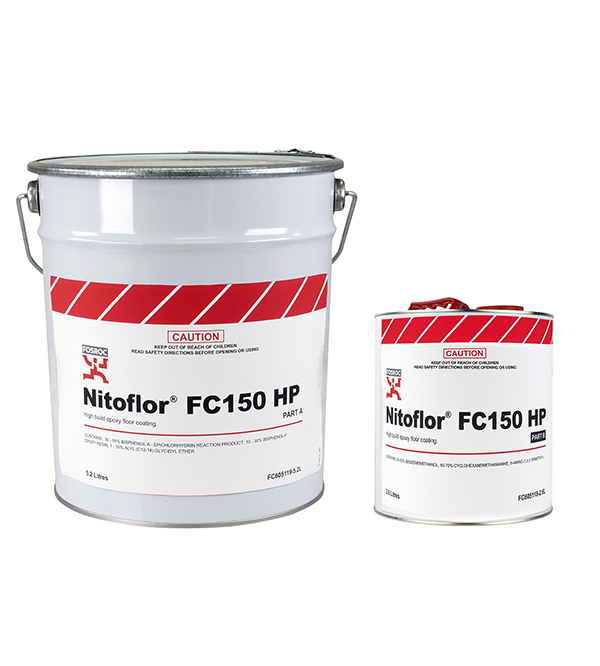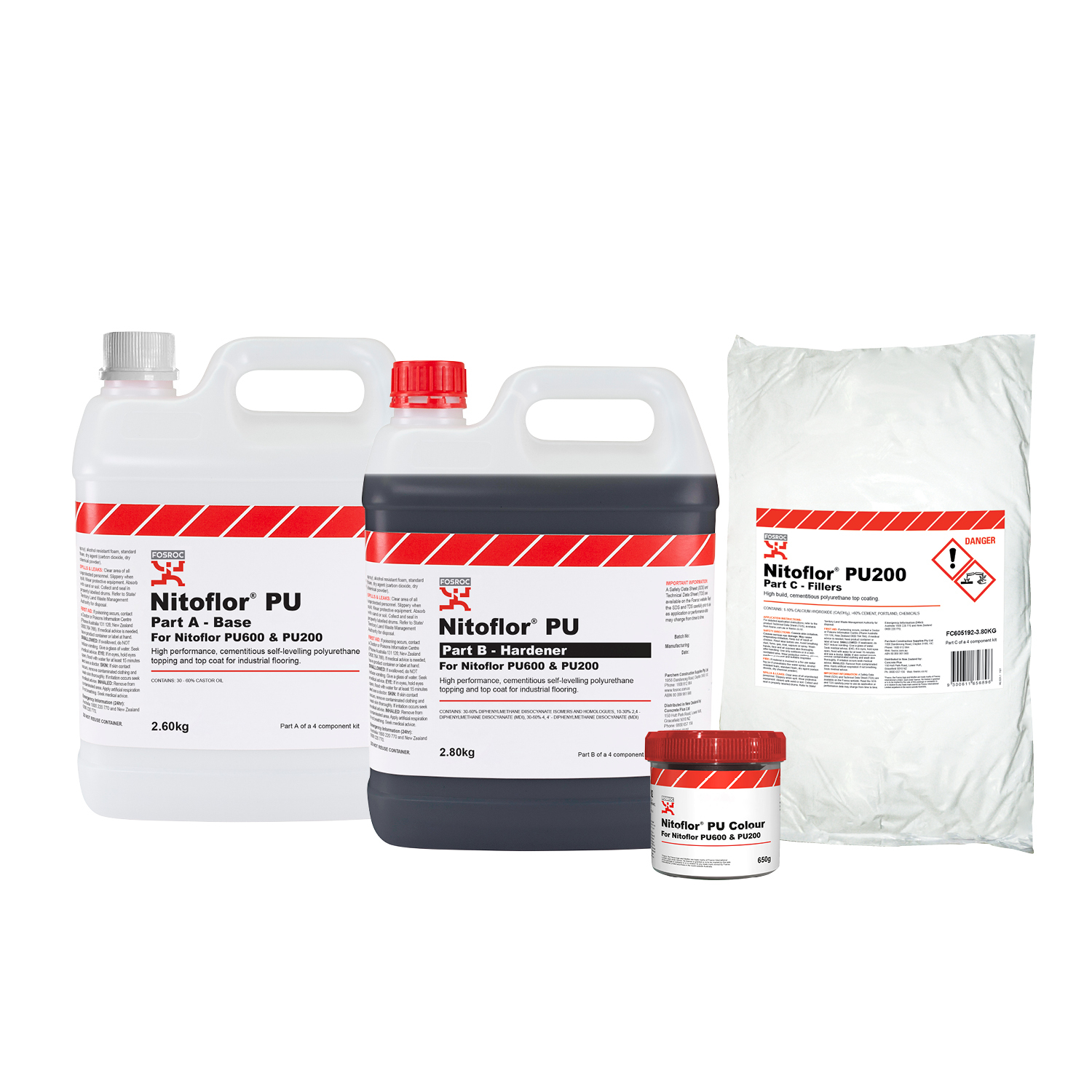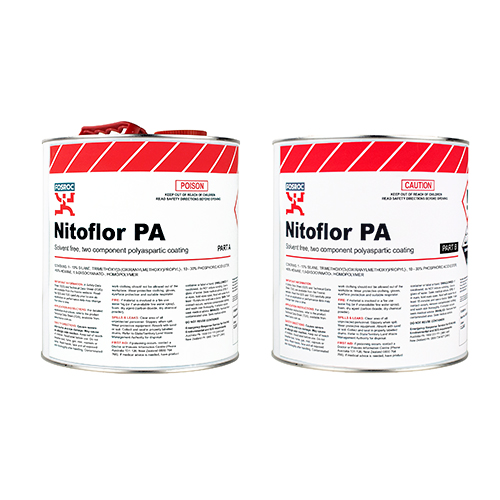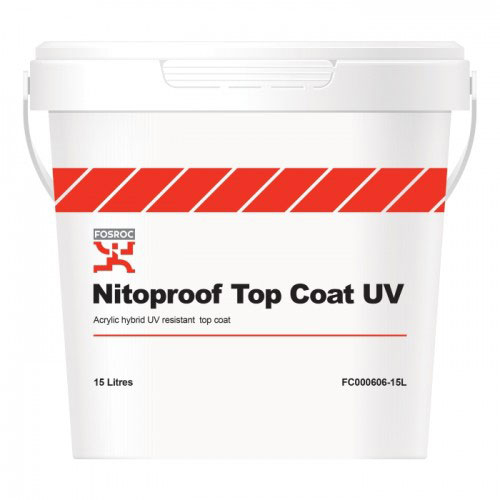From product selection to application advice, the Fosroc ANZ team is here to help. This is a common question we receive from specifiers choosing flooring and façade coatings.
Q. What are LRV and SRI – and how do they impact coating selection?
Light Reflectance Value (LRV) and the Solar Reflectance Index (SRI) are two measures of light reflectance that are used in architecture and design. They help specifiers choose coating colours.
LRVs are most important in flooring, with safety and lighting implications.
The SRI is a tool for measuring the energy efficiency of external materials, such as roofing, cladding and coatings.
To help our customers select the right coatings for each project, Fosroc ANZ has tested relevant products and reported the LRV and SRI results on our technical data sheets (TDS).
Our Understanding LRV and SRI technical bulletin includes a full list of Fosroc products with LRV and/or SRI results.
Light Reflectance Values (LRVs) explained
In construction materials, Light Reflectance Values (LRVs) measure the percentage of visible light that will be reflected from a surface when illuminated by a light source.
The darker the colour, the lower the LRV will be. Let's look at the 11 colour choices available in our epoxy floor coating Nitoflor FC150 HP:
- You can achieve very high LRVs by choosing Pastel Grey (66%), Silver Grey (63.5%), or Sand (57.5%).
- At the other end of the scale (and very helpful for providing visual contrast in flooring), we have Black (4%), Curtain Call dark grey (13.8%) and Raspberry (10.4%).
- We also have blue, light grey and green shades offering medium LRVs.
Why do LRVs matter?
Understanding the light reflectance of surface coverings such as coatings and carpets enables specifiers to achieve design objectives and efficiently plan lighting.
In commercial buildings, LRVs can be critical for safety and area demarcation purposes. For example, walkways and stairwells in public access and healthcare environments may require visual contrast to minimise the risk of trips and falls. That's why we offer a range of colour choices across our Nitoflor coatings range.
The Solar Reflectance Index (SRI) explained
The SRI combines a material’s solar reflectance and thermal emissivity into a single percentage 'score'. Firstly, its ability to reflect solar energy back into the atmosphere and, secondly, its ability to release absorbed energy.
A material's SRI value indicates how hot the surface is likely to become when exposed to the sun. More reflective surfaces will remain cooler and have higher SRI values.
For external horizontal surfaces such as roofs and deck areas, Fosroc's Nitoproof Top Coat UV is Light Grey and has an SRI value of 41.5%.
Why is the SRI important?
Materials that rank higher on the Solar Reflectance Index help to reduce a building's heat absorption on sunny days – and can therefore reduce the energy used to cool the building.
With a growing focus on energy efficiency, SRIs are more frequently requested by building authorities. Therefore, our customers often need this information for specifications.
Find out more
Fosroc ANZ has measured and published the LRV and SRI results for all Nitoflor products. These can be viewed on the product technical data sheets (TDS).
Download our Understanding LRV and SRI technical bulletin for more information.



